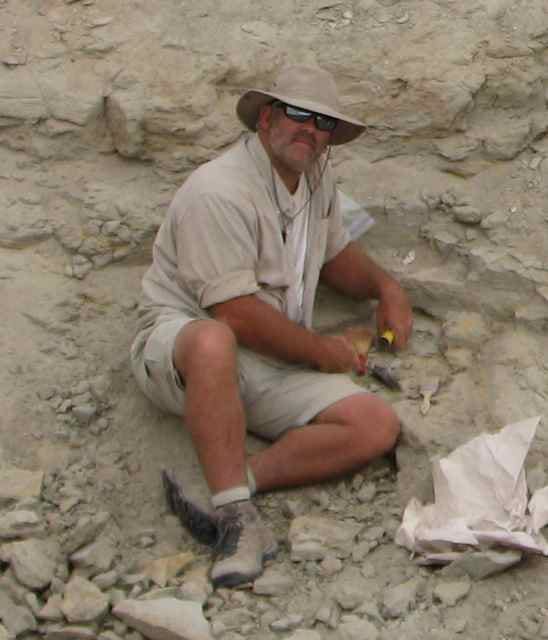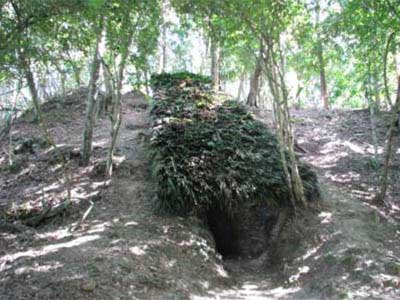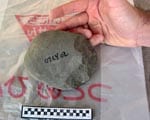London Daily Mail reporter Mark Duell has written about the big prehistoric crocodile identified by SMU paleontologist Thomas L. Adams, a doctoral candidate in Dedman College’s Roy M. Huffington Department of Earth Sciences.
The story, “‘Its fossil looked like a loaf of bread from Subway’: Meet the 25ft prehistoric Texas crocodile who lived 100 MILLION years ago,” published in the Sunday, July 17 edition of the Daily Mail.
Making its first appearance in Texas, the genus known as Terminonaris was thought to have originated in Europe, but Adams’ research indicates it now appears to have been a native of the Lone Star State.
The switch in origins for Terminonaris is based on the identification of a well-preserved, narrow fossil snout that was discovered along the shoreline of Lake Lewisville near Dallas.
The 96-million-year-old fossil from Texas is the oldest prehistoric crocodile of its kind in the world, says Adams. A distant cousin of modern crocodiles and alligators, Terminonaris was similar to the modern-day Indian gharial, only much larger.
EXCERPT:
Mark Duell
London Daily Mail
He measured 25ft, weighed more than a ton and lived almost 100 million years ago.A palaeontologist has identified the oldest prehistoric crocodile of its kind in the world after the fossil of a Terminonaris was found at Lake Lewisville near Dallas, Texas.
The realisation by Thomas L. Adams has also changed what we know about the species originally thought to have originated in Europe, because it now appears it was a native of Texas.
Mr Adams, of Southern Methodist University in Dallas, identified the reptile from its long snout which is more than 2ft long and 7in wide, reported Physorg.com.
It was discovered by Dallas amateur fossil enthusiast Brian Condon, who found the heavy pieces of the snout and a vertebrate in 2005 while fossil hunting, and donated them to the university.
Mr Condon had originally thought the pieces were petrified wood.
‘This piece looked like a loaf of bread from Subway,’ he said. ‘It was all wrinkled. Then I picked it up and turned it over and saw it had big round conical teeth. I thought: “This is amazing. It’s a jaw.'”
The discovery of the 96-million-year-old reptile’s fossil suggested that its head would have been about one metre long, Mr Adams said.
The Terminonaris is a cousin of the modern-day Indian gharial but was much larger — and it is a distant cousin of modern-day crocodiles and alligators, reported Southern Methodist University.
Mr Adams revealed the find ‘changes a lot about what we thought we knew about this group.’
‘Now we know the group had a wider distribution range, and that it’s much older,’ he said. ‘It represents a unique find for Texas. This is the first occurrence of Terminonaris in Texas.
‘It’s also the oldest occurrence of Terminonaris in the world and it’s also the southernmost occurrence of Terminonaris anywhere.’
 London Daily Mail reporter Mark Duell has written about the big prehistoric crocodile identified by SMU paleontologist
London Daily Mail reporter Mark Duell has written about the big prehistoric crocodile identified by SMU paleontologist 





